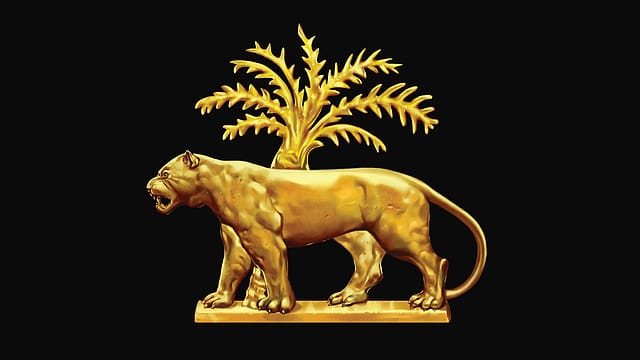The tale of India’s forex reserves
ADVERTISEMENT

In the last decade, India’s total forex (foreign exchange) reserves have grown over 48.8% in absolute terms—from $294.16 billion in the week ended October 1, 2010, to $437.83 billion in the week ended October 4, 2019.
During this period, total forex reserves crossed the $400-billion mark for 81 weeks. It hovered between $300 billion and $400 billion for 254 weeks; and between $274.81 billion (its lowest value for the week ended September 6, 2013) and $300 billion for 136 weeks. From its lowest point, the reserve swelled 59.3% to hit the all-time high—in 318 weeks.
Growth of forex reserves has been a steady one, though there were some interesting spikes. The biggest jump between the year’s high and low point of reserves was recorded in 2017; from $359.15 billion in the week ended January 6 to $409.37 billion in the week ended December 29—the growth was 13.9%.
In contrast, 2010 saw the least absolute percentage difference between the high and low levels of forex reserves. Compared to $293.98 billion in the week ended November 26, the high of $300.21 billion recorded earlier in the week ended November 5 was a difference of just 2.1%.
January 2026
Netflix, which has been in India for a decade, has successfully struck a balance between high-class premium content and pricing that attracts a range of customers. Find out how the U.S. streaming giant evolved in India, plus an exclusive interview with CEO Ted Sarandos. Also read about the Best Investments for 2026, and how rising growth and easing inflation will come in handy for finance minister Nirmala Sitharaman as she prepares Budget 2026.
The biggest change—$7.26 billion—in total forex reserves during these years was recorded in the week ended May 1, 2015, when the kitty swelled to $327.15 billion from $320.26 billion in the preceding week. In contrast, the highest weekly decline of $5.72 billion was seen in the week ended November 4, 2011, when the total reserves fell to $278.73 billion from $284.45 billion in the preceding week ended October 28, 2011.
Lately, forex reserves have been a matter of intense debate as the government had gone knocking at the doors of the Reserve Bank of India (RBI) seeking excess surplus transfer. In turn, the RBI, in consultation with the government, had constituted an expert committee under former RBI governor Bimal Jalan to review the extant economic capital framework (ECF) of the central bank.
In late August, upon accepting all the recommendations of the committee, the RBI had announced that it will transfer ₹1.23 lakh crore of surplus and excess risk provisions of ₹52,637 crore identified according to the revised ECF.
Back in 2018, in a September 4 research note, Nomura economists Sonal Varma and Aurodeep Nandi had tried to estimate “the threshold beyond which the RBI would hesitate to burn its forex reserves”. “No single reserve adequacy measure is perfect, and without strong macro fundamentals, no amount of FX [forex] reserves would ever be sufficient,” Varma and Nandi had then noted. The economists had gauged the adequacy of reserves on the basis of four parameters: months of import cover; short-term debt by residual maturity; the Guidotti rule (whereby reserves should cover both the current account and short-term residual debt obligations); and money supply.
As a bare minimum then, taking the average of the four adequacy indicators, Varma and Nandi suggested that India required at least $267 billion to be held in forex assets. “We see this as a minimum threshold, with countries typically holding greater reserves as a cushion,” the duo had added.
And to be in the comfort zone, the economists pointed out that if the last 10 years were taken as a benchmark (in early September 2018), then based on India’s (then) current macro parameters (current account, short-term residual maturity debt, money supply, imports), the duo estimated that the RBI should hold nearly $420 billion in forex assets. “This could set a potential maximum,” Varma and Nandi had noted.
A lot has changed since the Nomura report was published, including the total reserves which have grown over 16.4% in absolute terms from $375.99 billion in the week ended August 31, 2018. And the changes have been adding more challenges to the macroeconomy—both at the international and domestic levels. The burgeoning reserves from here could help the RBI hold a war chest to fight volatility in the exchange rate, or the government could take out higher surplus from the central bank under the new economic capital framework.
